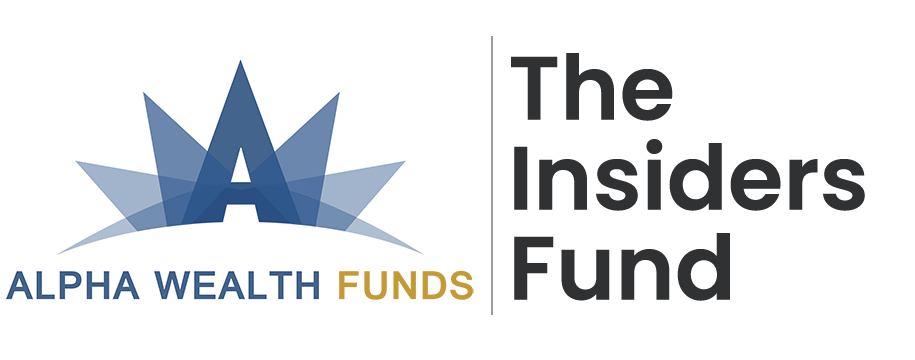This is an article from Briefing that I found interesting. The conclusion is that low low interest rates are very good for investors. That may be true but I think everyone knows there is no free lunch. I’m not sure what the consequences of easy money and the Fed’s QE program are but it sure has helped juice the stock market. If it’s such a good thing, I have to ask a simple question. Why haven’t we been doing this forever? The reality is there is an ugly side to this policy. Some of these ramifications are being felt already. For example, renters find shelter costs are rising. People living on fixed income are being forced into meager returns or risky assets just to survive.
|
Read more: http://www.briefing.com/GeneralContent/Platinum/Active/ArticlePopup/ArticlePopup.aspx?ArticleId=NS20130517164222AheadOfTheCurve&SiteName=PopUp&debug=1#ixzz2TcLQaZlj
Under Creative Commons License: Attribution
Follow us: @Briefingcom on Twitter | Briefingcom on Facebook

Great Article, thanks for including it.